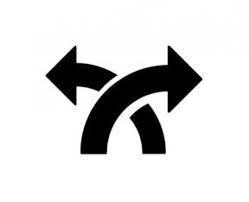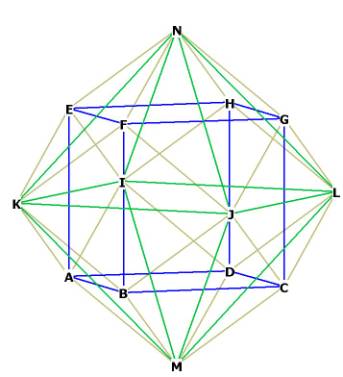|
(2017
midterm assignment) Model Student Midterm answers 2016 (Index) Essay 3: Web Highlights |
 |
Greg Bellomy
Learning From Others
In
the setting of a literature classroom, there are numerous opportunities to learn
from authors whose works the class discusses.
The collegiate classroom experience also provides a multiplicity of
opportunities for students to learn about the techniques of analysis and
criticism for students from their instructor. The best type of experience,
though, comes when students are afforded the opportunity to learn from each
other, either through in-class discussions, or through the composition of
essays. While I have learned a great deal from my current classmates, I have
also been pleasantly surprised by what I have learned from the past students of
Literature of the Future, at the University of Houston – Clear Lake.
One
of the primary things that I learned from reading the work of previous students
is that we can classify the same works as being different future narrative
forms. In “Discovering the Truth,” Rebecca Dyda makes a series of astute
observations that paint “Better Be Ready ‘Bout Half Past Eight” as an
alternative future tale, while I considered it to be one of the evolutionary
order. Previously, I had not considered that Zach’s imagination of his own life
as a woman, through becoming Zoe, qualified as a sort of alternative timeline,
which it most certainly does. Rebecca also points out that Byron’s struggle with
this is sort of reflected in his own alternative timeline, as well as numerous
possibilities for his son. In my conception of this story, I considered it to be
an evolutionary tale, where gender roles and identities become obsolete, in some
none-too-distant future. Clearly, this short story defies one singular narrative
type, as both the alternative and evolutionary descriptors are applicable.
I
discovered another example of a text that can be interpreted differently than my
experience in Christa Van Allen’s essay, entitled “Telling Tales of Tomorrow.”
Where I considered Parable to be an
evolutionary narrative with apocalyptic elements mixed in, Christa saw the
opposite. Her vision of Parable was that it was an apocalyptic tale with
portions of the evolutionary narrative as meat. Rebecca also challenged my
assumptions about The Time Machine by labeling it as an alternative text,
rather than an evolutionary one. Being so absorbed by the Time Traveler’s
observations, as well the relation of his visions to evolutionary theories, I
never paused to consider whether various factors contributed to a different
future vision on the part of the protagonist. After re-reading the text, I am
still not sure that the author thought of this possibility, either, but the
truth remains that this possibility cannot be discounted.
The
most personally effective of the essays that I read, though, was “The Phoenix
Must Burn,” by Timothy Morrow. In reading Morrow’s essay, I learned that the
Bible, much like the Homeric timeline, is a story of decline. Another thing that
I learned from Morrow is that the Romantic hero and plot are key elements of
several future narratives. Because of my singleness of mind, I hardly ever
considered how characters in future narratives behave like those from stories of
the past or present. From the analysis of narrative types that we have done, I
feel that the inclusion of the Romantic plot and character style should be
included as a type of sub-genre for categorizing future stories. My favorite
part of Morrow’s essay, though, was his reference to the quote from Parable
which says, “the Phoenix must burn.” To me, this is the perfect phrase for
showing the destruction/rejuvenation cycle of apocalypse narratives.
Reviewing the ideas that the students before us outlined is a very beneficial
exercise, particularly in discovering how people can view the same stimuli
differently. This difference in perception is both a mystery of life and a
fountain of new ideas. The practice of trying to determine an author’s beliefs
and motives is largely an experience of looking within one’s self. The privilege
of being able to compare notes benefits students by challenging their
assumptions and encouraging them to take a second (or third) look at a text and
its author. Like the alternative timeline, the magic of literary criticism and
analysis creates an infinity of possible interpretations and permutations that
are always greater than the intent of the author. In this sense, getting to
browse the thoughts of others is a benefit that, when applied with
self-reflection, has the ability to greatly enhance perception and sensitivity.
 |
 |
 |
